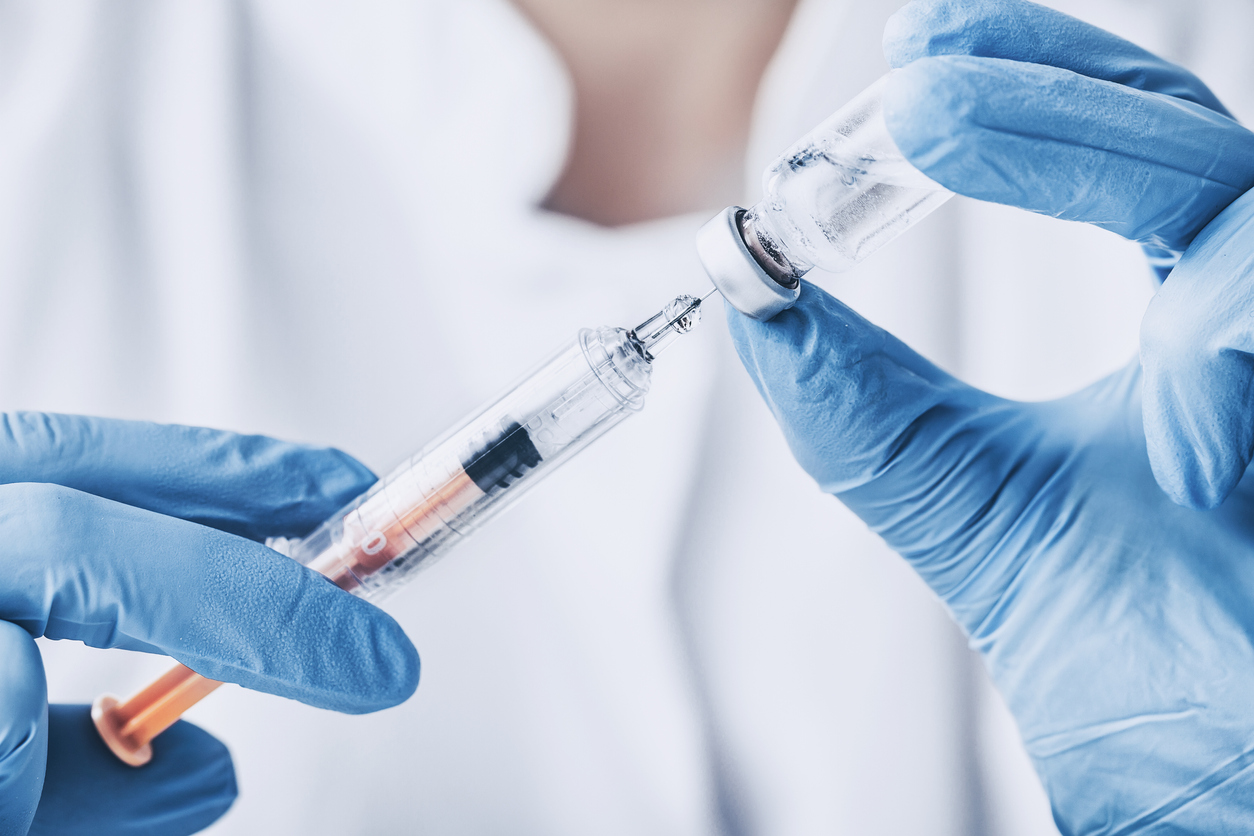
Peripheral nerve injury (PNI) after peripheral nerve block (PNB) is usually temporary, lasting a few days to weeks.1 According to Barrington et al, short-term nerve damage (lasting longer than 48 hours) occurs in less than 1 in 10 cases, with 92-97% of patients recovering within six weeks and 99% of patients recovering within a year.2 However, permanent nerve damage occasionally occurs. Retrospective studies report an incidence of 0.5-1.0%, while a prospective study reports an incidence of 10-15% for permanent nerve damage.3 Patients with PNI may report mild changes in sensation such as numbness; or in more severe cases, muscle weakness, severe pain, and permanent paralysis in the affected area.5
The prognosis for PNI depends on the severity of the injury and the residual integrity of the nerve. The most commonly used classification for PNI severity is the three-tiered Seddon system, which includes neuropraxia, axonotmesis, and neurotmesis. In neuropraxic injuries, the myelin sheath is damaged due to stretching or compression, but the axon and supporting tissues (i.e. endoneurium, perineurium, and epineurium) remain intact.5 The prognosis for neuropraxia is quite favorable, with complete recovery occurring within weeks to months.5 Axonotmesis refers to injury of the axon, endoneurium, and perineurium due to fascicular impalement, nerve crush, or toxicity.5 The prognosis for axonotmesis is fair and depends on the extent of disruption to the perineurium and the distance to the corresponding muscles.5 Neurotmesis refers to complete transection of the nerve (including the axons, endoneurium, perineurium, and epineurium) and requires surgical intervention.5 The prognosis for neurotmesis is often poor.
The mechanisms of PNI fall into three categories: mechanical, vascular, and chemical. Mechanical mechanisms include compression, stretch, laceration, and injection injuries. Compression of the nerve produces a conduction block, which may lead to demyelination of axons and PNI if prolonged.5 Needle-related trauma may result from needle-nerve contact or injection into the nerve itself.5 In the event of intraneural injection, nerve ischemia and PNI may result if the intraneural pressure exceeds the capillary occlusion pressure.5 To reduce the risk of block-related PNI, the New York School of Regional Anesthesia recommends avoiding intrafascicular needle placement and injection.
Vascular injuries involve damage to the nerve vasculature (due to direct vascular injury, acute occlusion of the arteries, or hemorrhage within a nerve sheath), resulting in local or diffuse ischemia.5 As an early response to ischemia, neurons depolarize and generate spontaneous activity, symptomatically perceived as paresthesias (i.e. pins and needles).6 As the neurons fire and calcium accumulates intracellularly, there is a blockade of slow-conducting myelinated fibers and eventually all neurons.6 If ischemic times are less than 2 hours, nerve function returns within 6 hours. However, with 3 or more hours of reperfusion, edema and fiber degeneration develop (lasting 1-2 weeks), followed by a phase of regeneration (lasting 6 weeks).6-7
Chemical injuries occur due to toxicity of injected solutions or their additives. In cell cultures, local anesthetics produce a variety of cytotoxic effects, including inhibition of cell growth, motility, and survival.6 The extent of these cytotoxic effects depends on concentration and length of exposure. In the clinical setting, however, the site of injection is most critical to determining the pathogenic potential of local anesthetics.8 If injected intrafascicularly, most chemical substances lead to severe fascicular damage. In a recent rodent model, for example, Whitlock showed that intrafascicular injection of 0.75% ropivacaine resulted in severe demyelination and axonal degeneration.9 Notably, even intrafascicular injection of saline results in intermediate nerve damage.5 If injected intraneurally (but not interfascicularly), most chemical substances cause little or no detectable injury at all.5 Therefore, the location of the needle tip during injection of local anesthetics is a key determinant of the likelihood and severity of chemical injuries.
In summary, PNB-associated neurological complications result from mechanical fascicular trauma or intrafascicular injection of local anesthetics, causing demyelination and axonal degeneration. The primary mechanisms of nerve injury include mechanical injury, ischemia, and toxicity. Avoidance of intraneural injection is a key safety measure that limits the incidence of PNI. With the increased use of ultrasound-guided needle placement, anesthesiologists will improve their ability to detect needle-nerve contact, avoid intraneural injection, and minimize cases of PNI.5
References
1) Fischer B. “Complications of Regional Anaesthesia.” Anaesth Intens Care Med. 2004; 4: 125–128.
2) Barrington M et al. “Preliminary Results of the Australasian Regional Anaesthesia Collaboration. A Prospective Audit of More Than 7000 Peripheral Nerve and Plexus Blocks for Neurologic and Other Complications.” Reg Anesth Pain Med. 2009; 34: 534–541.
3) Liguori GA. “Complications of regional anesthesia: nerve injury and peripheral neural blockade.” J Neurosurg Anesthesiol. 2004; 6: 84-86.
4) Hopper R and Turner J. “Nerve damage associated with peripheral nerve block.” Royal College of Anaesthetists. 2016.
5) Barrington M, Brull R, Reina M, and Hadzic A. “Complications and Prevention of Neurologic Injury with Peripheral Nerve Blocks.” New York School of Regional Anesthesia. 2019.
6) Borgeat A, Blumenthal S, and Hadžic A. “Mechanisms of Neurologic Complications with Peripheral Nerve Blocks.” Complications of Regional Anesthesia. 2007.
7) Selander D and Sjostrand J. “Longitudinal spread of intraneurally injected local anesthetics. An experimental study of the initial neural distribution following intraneural injections.” Acta Anaesthesiol Scand. 1978; 22: 622–634.
8) Selander D. “Neurotoxicity of local anesthetics: animal data.” Reg Anesth. 1993; 18: 461–468.
9) Whitlock EL, Brenner MJ, Fox IK, et al. “Ropivacaine-induced peripheral nerve injection injury in the rodent model.” Anesth Analg. 2010; 11: 214-220.

